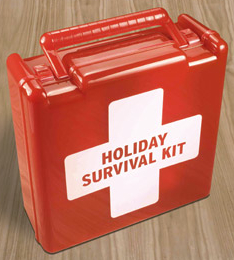Pick up any health magazine and you will inevitably find
some promotion of the next big health secret. The new exercise routine that is
changing the game, the new drink that gives you endless energy, burns fat, and
has no side effects, the new diet that “really” works. The problem with all of this is that every month, there are new secrets to be learned, half of which
contradict last month’s secrets. If you or anyone you know has been highly
successful, you have most likely already discovered that the secret to success
is no secret at all. Success is the result of consistency, plain and simple.
Focus on the
Fundamentals
Now we can argue about what things are important to be
consistent with, but usually the details are much less important than taking
the fundamental, big picture ideas, and being consistent.
Take weight loss as an example. We can argue about which
foods to eat, when to eat, and what supplements to take, but in the end, those
people that are most successful have found a way to exercise more and eat less
on a consistent basis. The have made these things part of their daily routine
and even when the holidays, birthdays, or vacations come up, they are STILL
consistent. They find ways to get in their workouts and they find ways to limit
their eating and drinking.
Is this easy? Not always, but there is never a “good”
time to undertake building a new exercise program and eating routine. Life is
busy, but if you have a goal that is important to you, there is no time like
the present to get started.
The key is to keep going once you have taken the first step.
It’s easy to stay the course if you are motivated and you have no major
obstacles, but what about when life gets in the way? This is when consistency
is MORE important and when it makes the biggest difference. This is where long-term
change for the better is set or lost.
Look Back to Move
Forward
If you have struggled to achieve a goal in the past and are
looking to try to reach that goal again, it would serve you to look back and
determine why exactly you were unsuccessful before. Undoubtedly you will find
reasons why you failed and each of these will have impacted your consistency in
some way. Success takes action, so the only way success is limited is when
action is stopped.
So, what happened? What came up that impacted your
consistency and what happened that kept you from getting back on track once you
fell off? Only when you reflect on your past struggles will you be able to
formulate a plan of attack. And with this plan of attack and your unwavering
focus on consistent action, you will be prepared to not only achieve your goal,
but surpass it. This is the secret to success, and luckily for all of us, it is
no secret at all.




